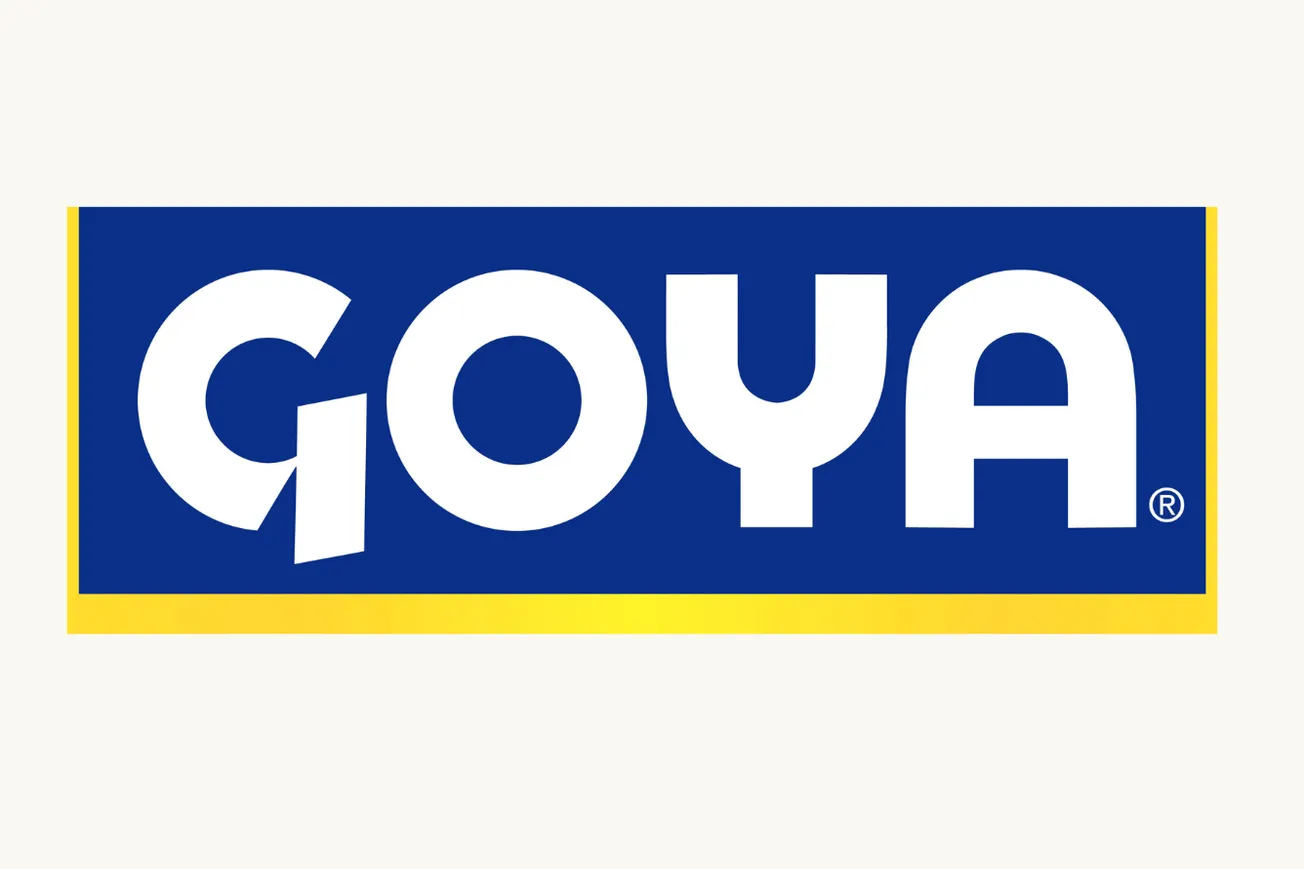ARLINGTON, Va.— A new report published by the HDA Research Foundation entitled The Role of Reverse Distribution provides insights into the reverse distribution of pharmaceutical products. The Foundation estimates that this channel accounts for 3.5 to 4% of all pharmaceutical sales — more than 120 million product units — and exceeds $13 billion in product value.

Reverse distribution involves moving unsold saleable inventory within, or removing unsaleable inventory from, the pharmaceutical supply chain. It is a complex, yet safe and secure, process that involves various supply chain stakeholders to manage products, all while complying with federal and state regulations.
Primary research for the report, conducted by Kindler & Crimmins Associates, LLC, and Bradford Rx Solutions, LLC, consisted of interviews with key industry stakeholders, as well as a survey of reverse logistics providers. The publication is sponsored by PharmaLink, Inc., and Guaranteed Returns.
“Though forward distribution has been widely studied, we recognized there was a lack of an up-to-date, singular resource to describe the intricacies of reverse distribution,” said Perry Fri, executive vice president of Industry Relations, Membership and Education for the Healthcare Distribution Alliance (HDA); and chief operating officer, HDA Research Foundation. “Given the significant volume of returns in the pharmaceutical supply chain, the Foundation is pleased to offer a comprehensive analysis of this process, while underscoring its effectiveness to the healthcare industry.”
The report describes the differing types of product returns — including delivery damages and mis-shipments, saleable, unsaleable, recalled product and consumer-initiated returns — while illustrating the corresponding reverse distribution process and key stakeholders involved. The analysis also highlights opportunities to enhancecurrent return practices, through increased data and information sharing, eliminating redundant operations and by increasing the use of Electronic Data Interchange (EDI) to improve the reconciliation process.
As noted in the Foundation research, legislative and regulatory changes affecting pharmaceutical reverse distribution might have a negative impact on the ability to process returns within the pharmaceutical supply chain; even a small increase might add significant costs and increased levels of unsaleable product returns. However, implementation of the Drug Supply Chain Security Act (DSCSA) may present an opportunity to enhance regulatory compliance.
“As regulators, such as the Environmental Protection Agency, reassess the process of disposing and handling pharmaceutical waste, the Foundation report is a useful primer for those unfamiliar with the supply chain to understand the steps and stakeholders involved to efficiently manage pharmaceutical returns,” said HDA President and CEO John M. Gray.
The Role of Reverse Distribution is available as a complimentary download through the HDA website.









